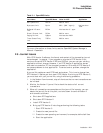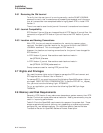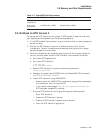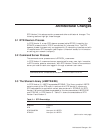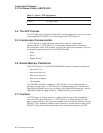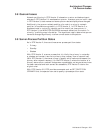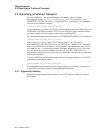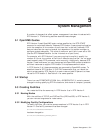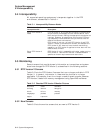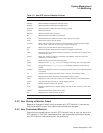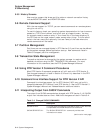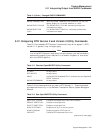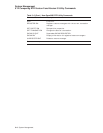
4
Network Issues
With RTR Version 3, two network transports are available:
• DECnet (default on OpenVMS)
• TCP/IP
At least one transport is required. If a destination supports both transports, RTR
Version 3 can use either.
Any node can run either protocol, but the appropriate transport software must be
running on that node. For example, for a node to use the DECnet protocol, the
node must be running DECnet software. (For specific software network version
numbers, see the RTR Version 3 OpenVMS Software Product Description.)
A link can fail over to either transport within RTR. Sufficient redundancy in the
RTR configuration provides greater flexibility to change transports for a given
link when necessary.
4.1 DECnet Support
With RTR Version 2, the only transport was DECnet Phase IV; it provided
DECnet Phase V support but without longnames. With RTR Version 3, both
DECnet Phase IV and DECnet-Plus (DECnet/OSI or DECnet Phase V) are
supported, including support for longnames and long addresses.
4.2 TCP/IP Support
DECnet-Plus and TCP/IP provide multihoming capability: a multihomed IP node
can have more than one IP address. RTR does name lookups and name address
translations, as appropriate, using a name server. To use multihomed and TCP/IP
addresses, Compaq recommends that you have a local name server that provides
the names and addresses for all RTR nodes. The local name server should be
available and responsive.
Name servers for all nodes used by RTR should contain the node names and
addresses of all RTR nodes. Local RTR name databases must be consistent.
Note
Include all possible addresses of nodes used by RTR, even those addresses
not actually used by RTR. For example, a node may have two addresses,
but RTR uses only one. Include both addresses in the local name
database.
Network Issues 4–1



